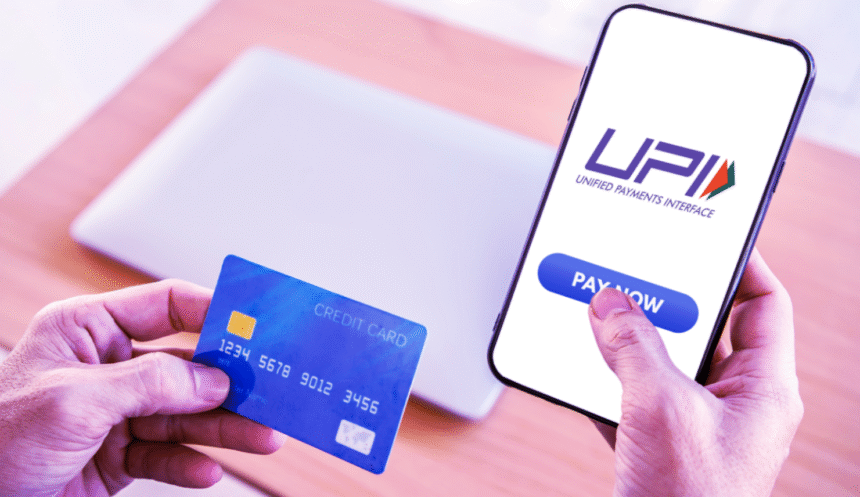Digital payments have become the norm in India, with users increasingly relying on UPI, credit cards, and debit cards to handle everyday expenses. While each of these methods is widely used, security remains a top concern — especially when it involves large transactions or sensitive data. Many people wonder whether UPI is as secure as card payments or if one method is more reliable for completing a bill payment or online transaction.
Understanding the differences in how each system works, and the protections they offer, can help you make better choices and avoid potential fraud.
How UPI Works and Protects Users
UPI (Unified Payments Interface) connects your bank account directly to your mobile number and UPI ID. Every transaction — whether it’s to transfer money, recharge a phone, or complete a bill payment — requires entering your UPI PIN. This adds a layer of real-time authentication that happens on your device.
Unlike credit or debit cards, UPI does not require sharing your 16-digit number, CVV, or expiry date. This alone reduces the surface area for fraud. Even during online payments, you only need to enter your UPI ID or scan a QR code, keeping banking details completely hidden from the receiver.
Moreover, UPI apps are now enabled with biometric locks, device-level PINs, and two-factor authentication, all of which make it much harder for unauthorized users to access your funds. Whether you’re using a bank-based solution or a third-party payment app, security protocols are largely standardized and regulated by the Reserve Bank of India.
Card Payments: Strong but Vulnerable to Data Leaks
Credit and debit cards have their own security protocols like chip-based verification and OTP (One-Time Password) layers. Most online payments require a combination of card details, CVV, and OTP authentication, which adds protection.
However, cards are more prone to phishing attacks and data breaches. If someone gets access to your card number and CVV, they can attempt unauthorized transactions on websites that don’t ask for OTP. This is especially risky for international transactions, where different validation rules apply.
In contrast, UPI never exposes such card information, making it safer during high-volume online activity like shopping or bill payment across different merchants.
Which One Is More Secure for Daily Use?
For daily use — such as paying at a store, making a bill payment, or transferring money to a friend — UPI is generally safer due to the direct bank linkage, real-time verification, and absence of exposed credentials. You don’t need to carry physical cards, and most smartphones now offer additional layers like fingerprint verification or app-specific passcodes.
Debit cards, while safe, are linked directly to your bank balance. If compromised, your entire account may be at risk. Credit cards offer some buffer, since you’re spending borrowed money, but the threat of unauthorized use still exists.
Common Risks and How They Compare
UPI users often face social engineering scams — such as collecting requests disguised as refunds or fake customer support numbers. These frauds trick users into entering their UPI PIN voluntarily.
Card users, on the other hand, face risks like skimming devices at ATMs or duplicate card cloning. Online, they’re vulnerable to phishing emails and fake checkout pages that steal credentials.
That said, both systems have strong dispute mechanisms in place. If a UPI transaction is unauthorized, you can raise a complaint through your payment app or bank. Similarly, cardholders can raise chargebacks to reverse disputed transactions.
Tips to Stay Safe With Any Method
- Use official apps from trusted sources and keep them updated
- Enable app locks and biometric security on your payment app
- Never share OTPs, card PINs, or UPI PINs with anyone
- Don’t click on payment links from unknown senders
- Verify every transaction before entering your PIN or completing a bill payment
Conclusion
UPI offers a strong, secure, and user-friendly system for making digital payments in India. When compared to credit or debit cards, it holds a clear advantage in terms of hiding sensitive information and streamlining verification. While no method is completely risk-free, using a secure payment app and staying aware of fraud tactics can make your transactions — whether it’s a small transfer or monthly bill payment — much safer and more reliable.














